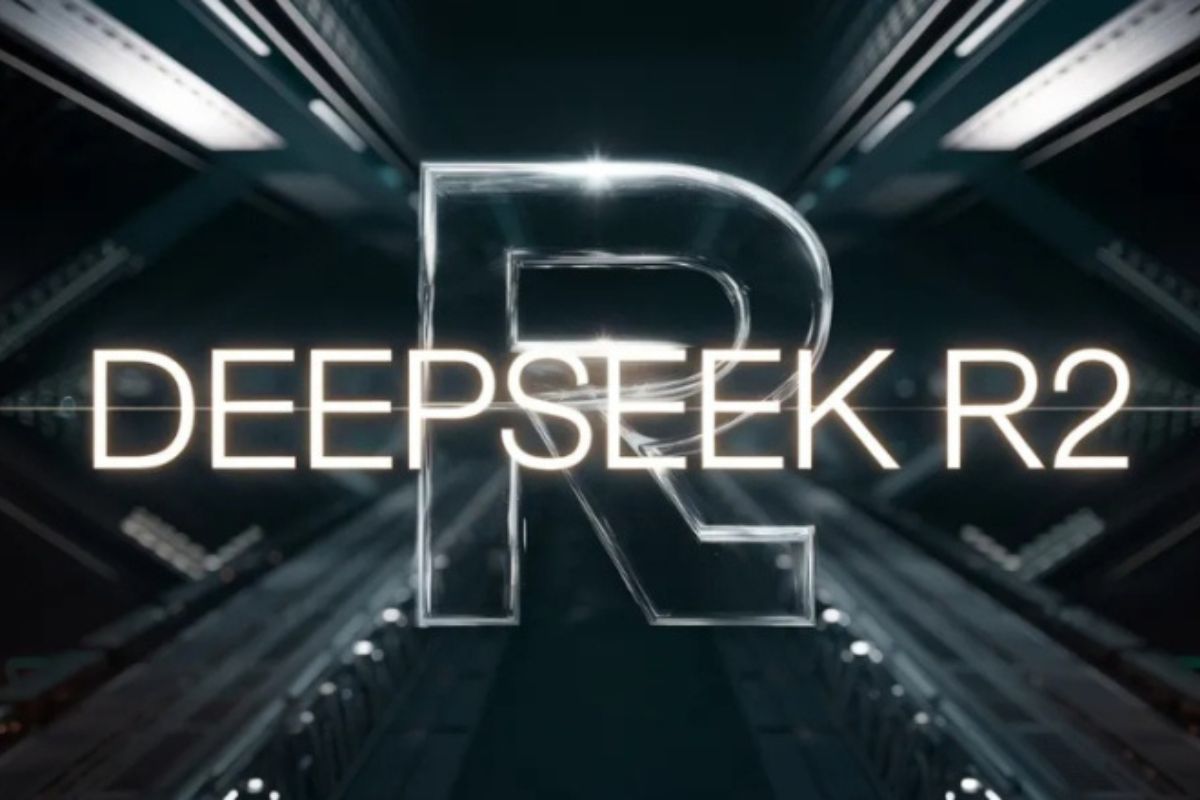Background: China’s AI Race, Self-Sufficiency Dreams, and DeepSeek’s Mission
For months now, Beijing’s narrative has been clear and persistent: “unstoppable technological progress”, and a self-reliant future, with China, not Silicon Valley, at the center. At the heart of this dream? Native innovation. Local champions. And for the fast-moving artificial intelligence sector, the stakes couldn’t be higher.
DeepSeek, a rising star in China’s AI scene, found itself swept up in this national push. After launching its well-received R1 model in January, expectations surged. The next version, dubbed “R2,” wasn’t just about technical prowess; it needed to be a statement. The government’s message, as reported by several sources, was blunt, bordering on stern: “Use Huawei’s chips, not Nvidia’s.”
Simple, right? Use homegrown hardware. Prove China’s tech independence. Build something the world can’t ignore.
Only, what happened next exposed just how complicated this race for AI supremacy is.
Why the Hardware Matters: Training vs. Inference, and a Wrench in the Works
Before diving deeper, here’s something crucial for understanding why DeepSeek’s struggle is spreading ripples through the tech world:
AI development splits into two main arenas.
- Training: Think of it like sending a student off to university for years of rigorous learning. This phase demands enormous computational power, a marathon for hardware, not a sprint.
- Inference: By contrast, inference is much easier on the chips. It’s what happens when you ask a trained model a question; more like a graduate answering a quiz.
For China and DeepSeek, mastering both stages with local chips would be a major milestone.
DeepSeek’s R2 Model: What Went Wrong with Huawei’s AI Chips
Here’s where the story takes a turn. According to several insiders speaking with the Financial Times, when DeepSeek started training its ambitious new R2 model on Huawei’s hyped Ascend chips, “persistent technical issues” appeared. These weren’t minor bugs or quirks. The problems were deep, fundamental, and stubborn. Not just a hurdle, a wall.
So much so that the whole project screeched to a halt. The planned May launch date got scrapped, DeepSeek had to hit pause, while competitors raced ahead.
- Insider Quote: One person familiar with the situation confirmed, “This technical failure is the main reason why the R2 model’s launch was cancelled.”
Technical Setbacks: Why Huawei’s Chips Faltered
DeepSeek’s engineers, with Huawei’s team on-site for added muscle, tried everything. They simply couldn’t get a successful training run. The fact is, while Huawei’s chips, at least in theory, might handle the lighter demand of inference, they simply weren’t up to the grind of training an advanced model like R2.
It wasn’t just DeepSeek’s problem, either. Huawei’s CEO, Ren Zhengfei, frankly admitted earlier this year:
“The US has exaggerated Huawei’s achievements…we’re not that great yet.”
“Our best chips are still a generation behind.”
For DeepSeek, that gap wasn’t theoretical; it was a brick wall.
Beijing’s Pressure: Why Local Hardware Comes First, Even When It’s Not Ready
China’s government, dead set on building domestic tech champions, maintains strong policies favoring local solutions. Companies have to explain themselves, justifying every purchase of Nvidia’s (export-compliant) H20 chips. The result: Many firms feel nudged, or outright forced, into choices that might not deliver technically.
For DeepSeek, switching back to Nvidia wasn’t just a matter of pride. It was about survival. Their R2 ambitions couldn’t wait for hardware to catch up.
DeepSeek’s Pivot: Delays, Dissatisfaction, and the March Back to Nvidia
With delays piling up and technical obstacles refusing to budge, DeepSeek did what any pragmatic player would: They reverted to Nvidia’s powerful systems for model training. Meanwhile, the company is still experimenting with Huawei’s chips for inference, where the computational load is lighter.
- Company Culture: The founder, Liang Wenfeng, is reported to have told his team he’s dissatisfied with the R2’s progress, pushing harder, demanding more, expecting breakthroughs that will keep DeepSeek among global AI leaders.
Industry Voices: Why the Tech World Isn’t Surprised
For most in the AI hardware business, these problems aren’t shocking. Nvidia’s GPUs, long the gold standard for machine learning, offer consistency, reliability, and brute force that’s tough to replicate. The entire Chinese tech sector is racing to close the gap, but for now…Nvidia’s crown remains secure.
National Pride vs. Engineering Reality: Shortcuts Don’t Work
There’s pride. There’s a policy. There’s pressure from the top. But at the end of the day, the laws of engineering hold sway.
China’s government is trying, maybe even pushing a bit too early. And while “self-sufficiency” headlines sound compelling, real-world technical prowess takes years to build, not months.
What Does This Mean for China’s AI Ambitions?
If you step back, this is no isolated event. It’s a snapshot of a larger challenge.
- Hardware Gaps: Domestic Chinese chips, from Huawei and others, are not yet on par with leading Western alternatives for advanced AI training.
- Global Competition: The AI sector waits for no one. Delay means lost ground to international competitors.
- Policy Hurdles: State directives aiming to build “national champions” sometimes put companies in awkward binds, forced to use technology that isn’t quite ready.
The Road Ahead: DeepSeek’s Next Steps and the Wider Chinese AI Play
Despite the stumble, DeepSeek isn’t giving up. The company continues to work with Huawei on making inference work smoothly. They’re determined, even stubborn, about staying at the leading edge. The broader strategy, China’s long game, is about patience, persistence, and eventual breakthroughs.
- Trade Restrictions: Export controls on Western chips push Chinese firms to innovate faster.
- Talent Investment: Both private and state actors are pouring money into chip research, design, and fabrication.
Technology Events: Where AI Leaders Speak Out
For those interested in hearing from the best minds on AI and big data, several global conferences are on the calendar: AI & Big Data Expo in Amsterdam, California, and London, co-located with high-powered conferences like Intelligent Automation Conference, BlockX, Digital Transformation Week, and Cyber Security & Cloud Expo.
Quotes & Perspectives: Voices from the Industry
- Ren Zhengfei, Huawei CEO: “Our best chips are still a generation behind.”
- DeepSeek insider: “It was a technical failure, not policy, that forced a retreat.”
- Industry observer: “Inference on Huawei chips is possible, but not training, at least, not yet.”
Key Facts at a Glance
- DeepSeek’s R2 model stalled after technical failures on Huawei’s Ascend AI chips.
- Huawei’s engineers joined DeepSeek’s team, but couldn’t fix persistent issues.
- The company reverted to Nvidia chips for training, delaying the R2 launch.
- Chinese policy pushes local hardware, often forcing firms to justify Western purchases.
- DeepSeek’s founder is pushing for faster, better progress from his team.
- AI training (the learning phase) demands far more from chips than inference (answering questions).
Conclusion: The AI Supremacy Race, China’s Next Move
China’s AI ambitions remain sky-high. The country wants self-reliant leaders in machine learning, chip design, and computational power. But, if I’m honest, it faces a classic engineering reality check. Cutting-edge AI needs cutting-edge hardware. No shortcuts allowed.
For now, DeepSeek’s stumble reminds everyone: technical excellence takes time, not just national pride. The gap between homegrown and Western chips is real, but shrinking each year. The global AI race is still anyone’s game…and China, relentless as ever, isn’t stepping aside.
If you blink, you’ll miss the next chapter. But for DeepSeek, Nvidia, and Huawei, the battle for AI hardware supremacy is heating up. Stay tuned.








